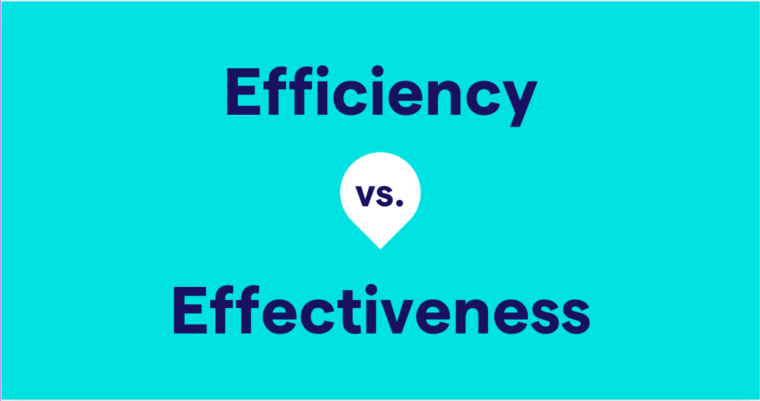A restrictive clause modifies the noun that precedes it in an essential way. Restrictive clauses limit or identify such nouns and cannot be removed from a sentence without changing the sentence’s meaning. A nonrestrictive clause, on the other hand, describes a noun in a nonessential way.
The terminology in this area of grammar can be confusing, so let’s get that out of the way. Because restrictive clauses provide key, identifying information, they are often referred to as essential clauses, and nonrestrictive clauses are also called nonessential clauses for the opposite reason. They are both types of relative clauses because the information they provide relates to the subject of another clause.
As if that weren’t enough, both function as adjective clauses, because they describe their noun antecedents.
Aren’t you glad we cleared that up?
Restrictive clauses narrow things down
Restrictive clauses are usually introduced by the relative pronouns that, who, whom, or whose. A restrictive clause can have an identifying function.
The restrictive clause in this sentence is who first stepped on the moon. If we stripped it from the sentence, we would be left with this:
There is nothing grammatically wrong with this Spartan sentence. However, it does not have the same intent as the former example, which was to identify the person who first set foot on the moon’s surface.
A restrictive clause can also have a limiting function.
If the restrictive clause who eat vegetables were removed from this sentence, the intended limits on the noun children would be no more.
Obviously, our intention with the first sentence was to point out which children, from among the world’s multitudes, perform a behavior likely to sustain their health. Thus, who eat vegetables is an essential element of that sentence.
Nonrestrictive clauses give bonus info
Nonrestrictive clauses provide additional but optional descriptions that can be excised from a sentence without altering its meaning or structure.
While the nonrestrictive clause who just graduated from high school offers a good description of the subject of this sentence, Kaylee, the sentence retains its meaning without it.
Commas and relative clauses
A broad rule you can apply to relative clauses in order to punctuate them correctly is that restrictive clauses are never offset by commas, whereas nonrestrictive clauses are. One way to remember this is that nonrestrictive clauses are removable, and commas mark the removable part of the sentence. Restrictive clauses, on the other hand, are essential; they need to blend with their sentences seamlessly, without commas.
Deciding between that and which
Confusion about when to use that and which has arisen for good reason: British and American English have different rules for them. In American English, that is used to introduce restrictive clauses, and which introduces nonrestrictive clauses.
The lamp that Aunt Betsy gave me is on the bedside table.
In British English, it is often acceptable to substitute which in restrictive clauses.
Of course, that could also be used acceptably in British English, which makes it safer, by default, to follow the American rule when in doubt. It also makes it easier to decide whether to insert commas, because if you follow the American rules, you can remember that commas should not precede that, but they should precede which.
A third option for the last example would be to rewrite it to omit all relative pronouns. If you can do that successfully, the clause is definitely restrictive.
Now that you have taken the time to learn these important rules, one thing has no restrictions at all: the limits of your writing.





